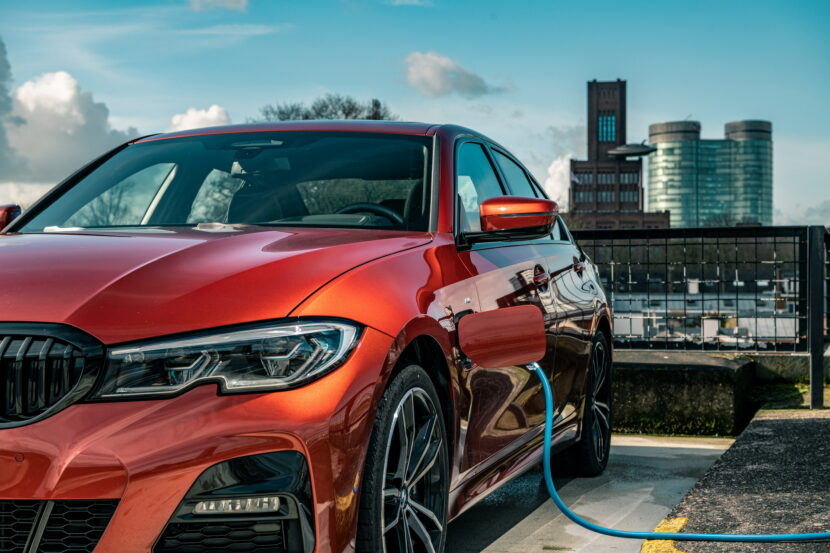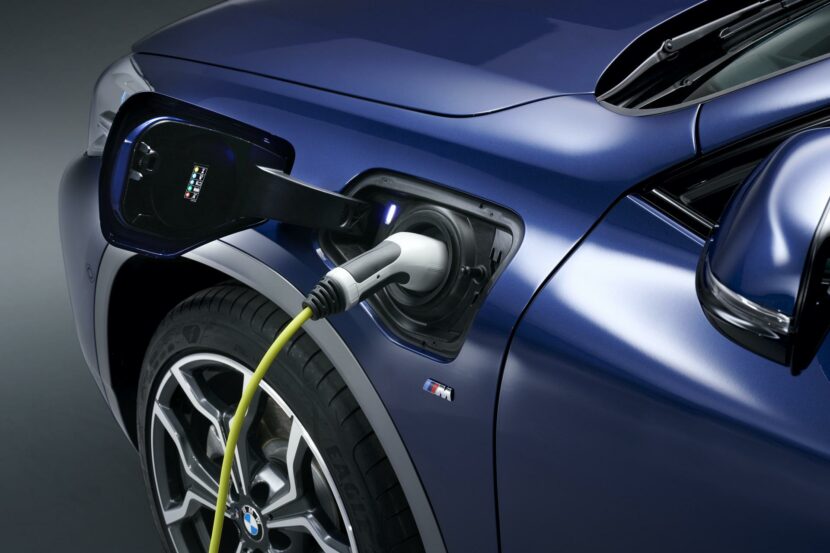Self-charging hybrid vs. Plug-In Hybrid – What’s The difference


When it comes to buying a hybrid car, you’re faced with two choices: plug-in hybrids cars and self-charging hybrids. Of course, by now you are curious to know the differences between these two hybrid architectures.
Vehicles classified as self-charging hybrids are cars that combine a petrol (sometimes even a diesel) engine with a tiny electric motor and an even smaller electric battery.
Sometimes, people call these kind of vehicle “full hybrids”, but this term might disguise you, letting you think that these cars can travel by using a full-electric mode for a long time.
We won’t discuss mild-hybrid vehicles right now, because this type of vehicles is equipped just with a starter generator and not with a real electric motor. This electric starter-generator can help the main engine in start-stop situations and while you enable your cruise control at a constant speed.
But can’t do a lot more than that.

How are self-charging hybrids made? And how do they work?
Self-charging hybrid vehicles are cars that have one (sometimes more) small electric motors. These motors have the task to assist the main engine to increase overall performances and improve the car’s efficiency. The Japanese car manufacturer Toyota (and also Lexus) loves this type of architecture and sells a lot of these models around the world.
You can’t just plug your self-charging hybrid car into an electrical outlet and recharge it. To do so, the only thing you have to do is drive – or, to be more precise, to brake. The car will use the kinetic energy produced by the petrol engine or by braking to recharge the electric motor’s battery.
How to charge my electric car – The Ultimate Guide
This energy will be used by the motor to help the car gain speed faster, also to completely shut down the petrol engine when you are traveling at low speed or while you are driving in traffic.
By using a self-charging hybrid vehicle, you won’t only consume less fuel, but also emit less CO2 in the environment. If you live in the European Union where cities keep banning diesel and old petrol cars, a self-charging hybrid car might be a perfect solution for you.
Are self-charging hybrid cars convenient?
It depends. To answer this question, let’s start from the car’s cost and its efficiency. We’ll take as an example one of the most famous self-charging hybrid cars: the Toyota Yaris.
If you won’t take advantage of ecological incentives (which are pretty frequent, to be honest), the price difference between a full-petrol Yaris and a self-charging hybrid Yaris is €4,500 more or less.

If you use your car to travel around town or to go to work, Toyota declares a decrease on fuel consumption of about 30%, while at increasing speeds the difference between the two versions will gradually decrease (at highway speeds, the two versions’ efficiency is almost the same).
But the comparison is not over yet. A lot of countries guarantee a discount on annual taxes and car insurance too. Moreover, thanks to lower CO2 emissions, you will be able to enter some congestion charge zones for free.
You should consider buying a self-charging car also if you can’t be 100% sure to plug your car to an electrical outlet at the end of the day. If your plug-in hybrid car’s battery is not charged, the additional weight will make you lose a lot of efficiency, while self-charging cars’ battery will reload itself faster.
What is Fast Charging for electric cars?
Obviously, every country has its advantages and we can’t predict yours, so be sure to consider everything before calculating a hybrid car’s convenience.
By the way, if you travel a lot in town, this type of hybrid car will be a good choice 99.9% of the times.
Got it. And why should I consider something else?

You should consider another type of hybrid car (plug-in hybrid cars) if you are usual to travel a lot at high speeds (more than 110 km/h – 70 mph). Self-charging hybrid electrical motors are not powerful enough to help the main engine at those speeds and you will just “suffer” more because of the additional weight.
If you can recharge your hybrid car 100% of the times (at home and at work), probably a plug-in hybrid car is the best solution for you because it can do more than a couple of miles-kilometers in electric-only mode, making you consume less fuel.
Last but not least, self-charging hybrid cars are usually not powerful. If you want to have a little bit of fun on your car every now and then, just consider that almost every self-charging car don’t have more than 100 – 120 hp to offer, even if you consider both the engines combined.
Go get a plug-in hybrid car if you want more power than that.
[Source: EVGLOBE]
The article Self-charging hybrid vs. Plug-In Hybrid – What’s The difference appeared first on BMW BLOG
